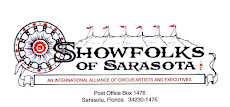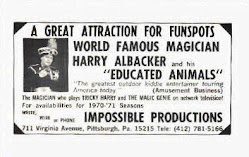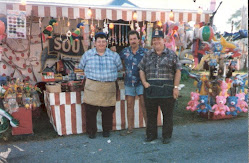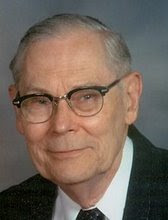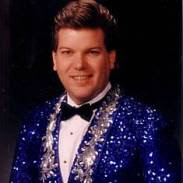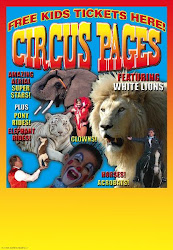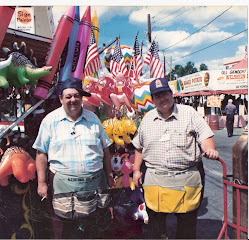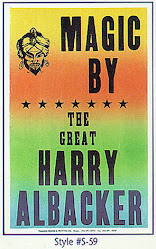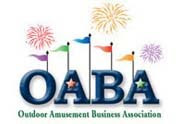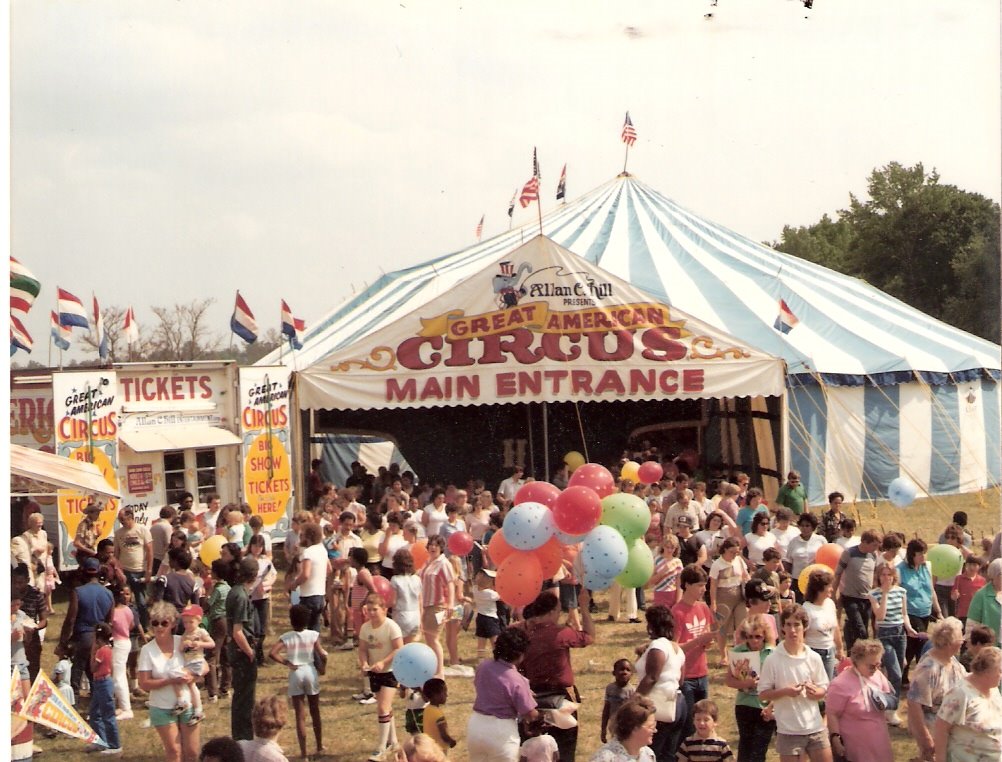
A brief history of the circus: Part one Halifax News NetDuring the last 40 or so years, individuals and organized groups throughout the world, have voiced their objections to the practices associated with traditional circuses and they have succeeded in making two significant changes. The new trend in circuses is to train and hire highly skilled, creative professionals, many of whom are Olympic athletes, and to humanely treat any animals that may be involved.
Nova Scotia’s SPCA convinced our Ministry of Natural Resources to develop and implement a set of regulations regarding circus animals. Because of that, as of May, 2000, circuses performing in NS cannot include bears, non-human primates, seals, walruses, whales, porpoises, frogs, toads and other amphibians, bull elephants, fish, hybrids other than mules, or any reptiles other than pythons and boas. All circus animals to be allowed into NS must be examined by a licensed vet and must be checked by a vet every six months. Carefully documented medical records must also be kept for each animal. If an animal must be euthanised, only a veterinarian can perform that task.
The regulations also state that all circus animals must have clean, appropriate accommodation, access to fresh air, clean water, nutritious food, contact with other members of their species, exercise facilities, sound hygiene practices, respect and positive reinforcement. No animal may be punished physically or forced to perform. The use of fire in animal acts will not be allowed and animals cannot be expected to do any trick that carries a high risk of injury.
Animal trainers must be educated about the species itself and use training methods that meet the highest standards for success, safety and humane treatment.
When the George Carden International Circus came to perform in NS in the summer of 2000, it was turned away because it did not meet our standards. The circus moved on to NL where charges were laid against the ringmaster and a trainer for undue privation and neglect of animals. They were convicted and fined.
An exciting new kind of circus is Montreal’s Cirque du Soleil which has no animal acts at all. It began as a group of street performers (buskers) in 1984 and has now travelled and hired performance artists all over the world. Such skilled performers as dancers, clowns, musicians, gymnasts, swimmers and martial artists, supported by professional representatives of every 21st century area of expertise, all work together to give each show a story to tell and each attendee a memory to cherish.
Thanks in a large part to Canada, the circus has come a long way!











































































